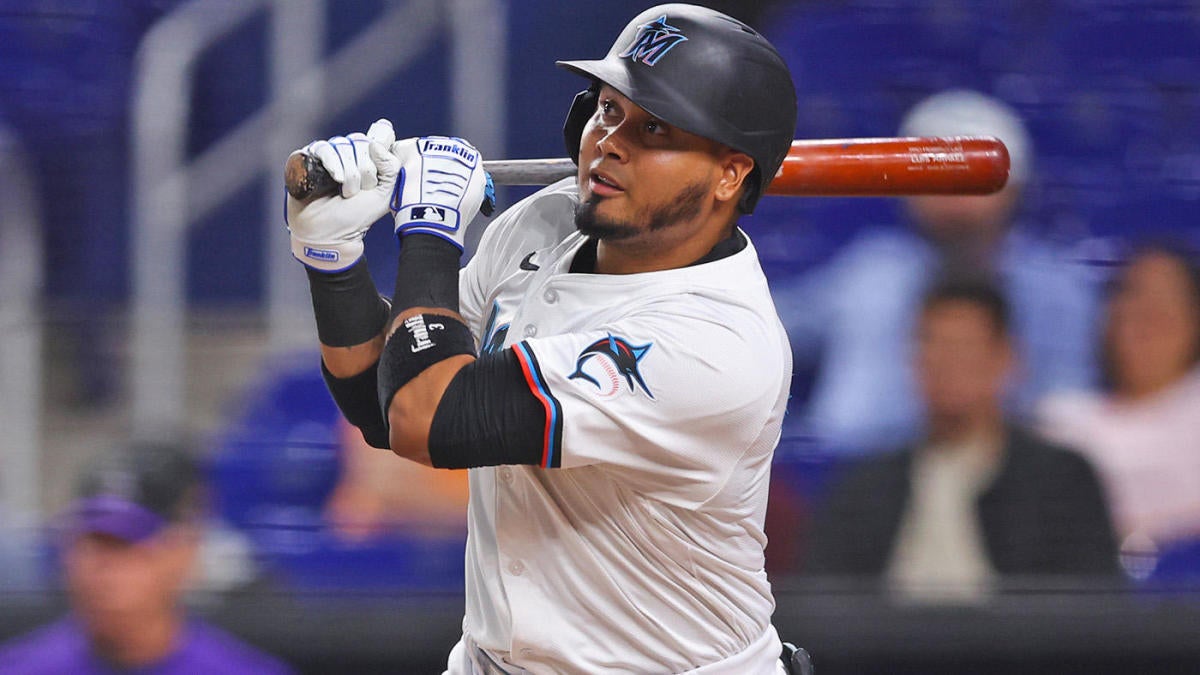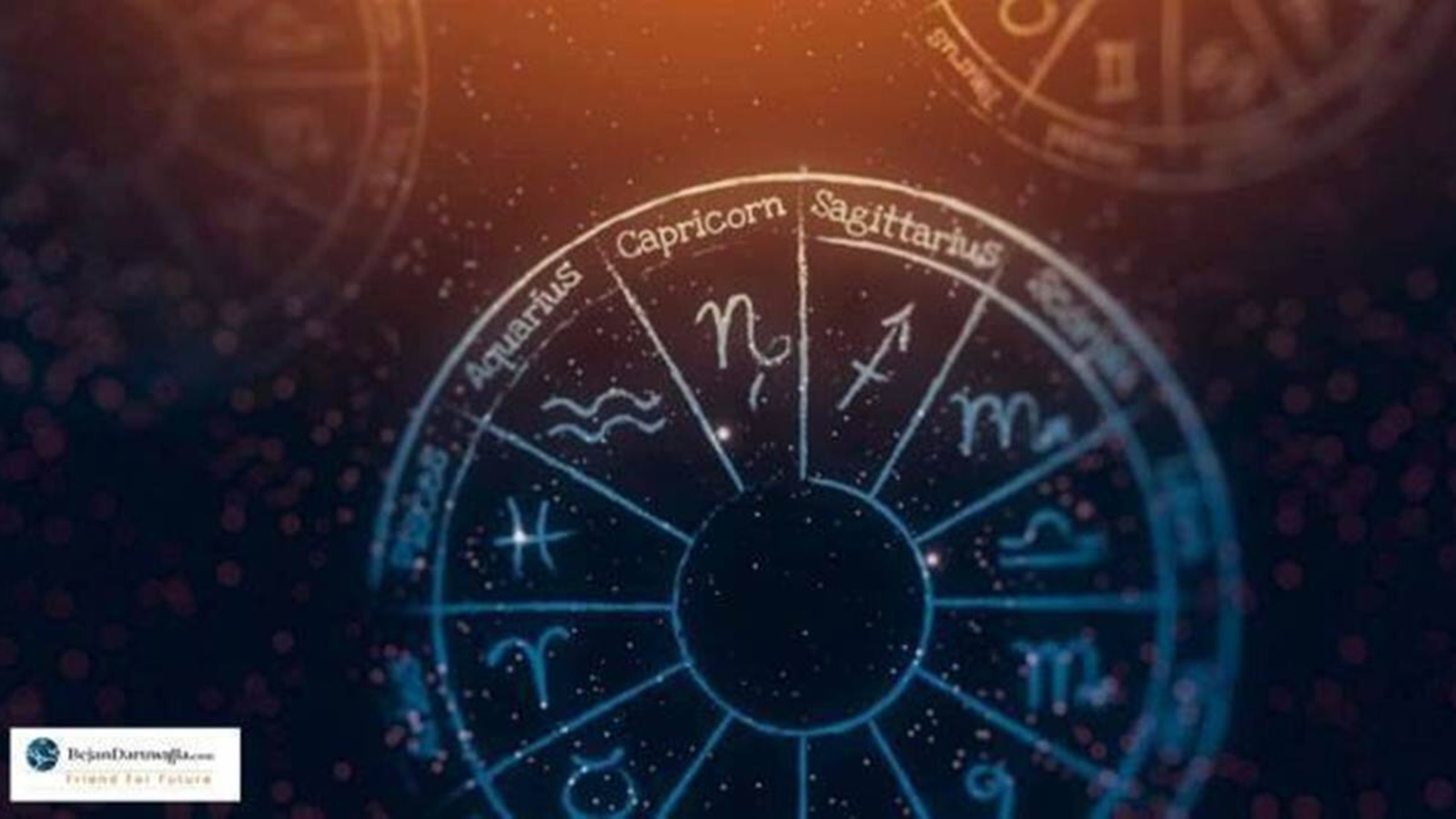Sports
Luis Arraez trade grades: Padres come out ahead in deal involving multi-time batting champion

The Padres and Marlins reportedly combined for the season’s first big trade on Friday night, with San Diego obtaining second baseman Luis Arraez as part of a five-player swap. In return, Miami fetched minor-league outfielders Dillon Head and Jakob Marsee, first baseman Nathan Martorella, and right-handed reliever Woo Suk Go.
We here at CBS Sports are nothing if not the judgemental kind. As such, we’ve made a habit in recent years of offering instant analysis following every notable swap in the form of trade grades. This deal surely qualifies in our book given that Arraez is both a two-time All-Star and a two-time batting champion. With that in mind, scroll slowly with us as we break down this trade from both sides.
Before we get started, though, allow us to recap the trade in whole:
-
Padres receive: 2B Luis Arraez
-
Marlins receive: OF Dillon Head, 1B Nathan Martorella, OF Jakob Marsee, RHP Woo Suk Go
Now, onto the good stuff.
Padres grade: B
We’ll admit it: every time the Padres make a significant trade, we think about what a veteran scout with a rival team told us several summers ago: A.J. Preller is particularly skilled at dealing away prospects he doesn’t like. One look at this trade and we must concede that scout knew what they were talking about. Preller didn’t sacrifice anyone who would’ve ranked in the top five of his system. You can argue he didn’t move anyone who would’ve ranked in the top 10, depending on how you line ’em up. That doesn’t mean those players lack merit, or that they can’t become interesting contributors at the big-league level. But we think most would agree that Preller is justified in taking a swing here given the modest transaction cost.
In exchange, Preller nets a 27-year-old multiple-time All-Star with an additional season of team control remaining. Arraez’s exact value is tough to nail down because of an archaic skill set. He’s more dependent on singles than pop stars in the streaming era. He’s not a skilled or versatile defender; he’s not a bopper; and he’s not even a walker. He’ll spray the ball around the diamond and run up a high batting average, but that’s the extent of his contributions, for better and worse.
Take a look at where Arraez ranks since 2022 among the 343 batters with at least 500 plate appearances:
|
BA |
.331 |
1st |
|
ISO |
.106 |
309th |
|
OPS+ |
128 |
32nd |
There’s value in that, don’t get us wrong; Baseball Reference has Arraez averaging more than four Wins Above Replacement the last two years. He just has to hit well above .300 to produce at that scale. The one-dimensional nature of his game also, fairly or otherwise, makes him feel like a riskier play than someone with a broader skill set.
If you’re the Padres, clearly you’re OK with that. This is the franchise with whom Tony Gwynn made his claim to being known as one of the best pure hitters in modern times, and this is an executive, in Preller, who seems to prioritize the hit tool above all. That’s how you end up signing Eric Hosmer to a long-term deal, and that’s how you wind up installing Jake Cronenworth as your multi-year solution at first base.
Anyway, Arraez can slot in at DH most days while occasionally serving as a layer of depth on the right side of the infield in case of injury or continued underperformance. If the Padres want to move Cronenworth around the diamond, they can do that and plop down Arraez at first; if they want to give Xander Bogaerts a day off to reset, they can do that and pencil in Arraez at second. That’s about the extent of it though.
The finances are an interesting subplot to this trade. Remember, the Padres seemed intent on staying underneath the luxury tax number all winter. It’s why they traded Juan Soto, and why they didn’t do much in free agency. The Dylan Cease trade left them about $10 million in wiggle room, according to the calculations provided by Cot’s Contracts. Arraez’s full-season salary is $10.6 million, although the Padres will be responsible only for what remains — a little under $9 million.
We’ll have to see if and how the luxury tax impacts the Padres’ ability to make further moves this summer as they attempt to run down a playoff berth.
Marlins grade: D
New baseball operations head Peter Bendix, hired from the Tampa Bay Rays to replace Kim Ng, spent his first winter in charge restocking the front office with well-regarded staffers. For the most part, he left the big-league roster untouched, as if to say: I know last season was a fluke, but I want to give the clubhouse a chance to prove it before I make changes. They’ve proven it all right, getting off to a miserable start that provided Bendix the ability to dismantle the group without looking too much like a nihilist.
Is this trade the kind of masterstroke that will help the Marlins change their fortunes? Eh, we’re skeptical. Maybe you can argue the Marlins deserve a C here. Arraez was simply never going to command a king’s ransom. After all, it’s 2024, not 1984; teams don’t pony up for limited defenders whose contributions stem entirely from singles. (That isn’t to say batting average is meaningless; rather, from our perspective, it remains more valuable than the True Iconoclasts suggest since a hit is always superior to a walk.) Still, this return feels too light for our tastes given the timing — and we write that while acknowledging that each of the four players has their charms.
Head, 19, was San Diego’s first-round pick last season. He’s a big-time speedster who should contribute both defensively and on the basepaths. CBS Sports ranked him as the 26th best prospect in the class, noting that he “has good bat speed and he’s added strength, but he hasn’t faced top-flight competition in Illinois and he often loads beyond his back foot.” It was always reasonable to think of him as a long-term project. It’s not too surprising, then, that Head hasn’t performed well as a professional outside of a brief stint in rookie ball. This year in A-ball, he’s batting .237/.317/.366 with 16 more strikeouts than walks in 21 games. Head has the benefit of youth and vast secondary value on his side, but he’s going to have to hit more at some point.
Martorella, 23, has an unconventional batting stance. He gets into a good squat with his hands stationed around chest level, thereby streamlining his load. It may not be a textbook operation, but it’s worked well for him. He entered Friday hitting .294/.392/.435 at Double-A, complete with nearly as many walks as strikeouts. Martorella has upped his fly-ball and pull rates significantly this season, likely in an attempt to tap into his above-average raw power. He’ll need to continue to do so, as he features low-grade athleticism which is all but certain to limit him to first base.
Marsee, 22, has a good feel for making contact and managing the strike zone. He has pull-side power thanks to an extreme tendency to lift the ball. To wit, fewer than 25% of his batted-ball events this season have been classified as grounders. That would put him in company at the bottom of the big-league leaderboard with the likes of Mike Trout and a bunch of current and former Los Angeles Dodgers. Bendix had success in Tampa Bay with Isaac Paredes, who has reliably slugged more than his exit velocity numbers suggested he should have because of his extreme pull predilections. In an ideal world, Marsee follows suit. As for where the Marlins will play him, he’s probably a better fit in a corner spot, where his athleticism won’t be overly exposed.
Go, 25, joined the Padres over the winter following an illustrious career in South Korea that saw him compile a 3.18 ERA and 139 saves. He struggled in spring training, surrendering more runs than innings pitched, and he’s thus far yielded more than a hit per frame against Double-A competition. Go showed off a three-pitch mix this spring that included a rising low-90s fastball, a cutter, and a curveball, each delivered from a low release point. He’s already on the 40-player roster and he could be the first member of this package to make his Marlins team debut in the coming weeks.
Again, it’s not the most exciting package on paper. It’s now up to the Marlins to extract more value from those players than we’re forecasting. If they do, expect the Miami fan base to quickly forgive what looks like a so-so trade involving a fan favorite.









